Tobinin
About Tobinin
Tobinin is a platformer with puzzle elements. It is a true test of both the player's reflexes and strategic thinking. The game is designed with a clear philosophy: there is no room for laziness or being led. You have to play, learn, and most importantly... adapt.
How does Tobinin play?
From the very first seconds, Tobinin does not spend time on a long introduction. The main character - a small creature with a minimalist appearance - is dropped into a world where every jump can be a trap if you do not think carefully.
The game revolves around the mechanism of changing platforms through the collection of glowing orbs. Each orb is not simply an item to be collected, but also activates or deactivates the surrounding platform blocks, creating an immediate change in the map layout. This mechanic makes Tobinin a game that cannot be played “by inertia” – you have to look far ahead, calculate ahead, and react in a split second.
What makes Tobinin stand out
The level design is spontaneous but purposeful
Each level in Tobinin does not follow a linear structure but usually has at least two solutions. The player is not forced to follow a single path, but the path chosen will affect the orbs that appear later. This creates a chain reaction of choices, forcing you to think one step further.
Unique “dynamic respawn” mechanic
Tobinin does not use the classic checkpoint system. Instead, when you fail, you are respawned at the starting point of each segment, but with the condition that the base state remains the same as before you died. This creates the feeling that you are “correcting mistakes in a continuous timeline,” rather than starting over from scratch.
Sound directly interacts with the action
The sound in Tobinin is more than just background. Every jump, orb activation, or collision with an obstacle creates a corresponding sound, almost like an impromptu symphony that the player is the one controlling. This gives a very distinct "live" feeling that most indie games do not exploit enough.
Minimalist but not monotonous visual design
Tobinin's graphic style may at first glance remind you of classic pixel aesthetics, but behind that lies a world built with depth. Dynamic background layers, translucent effects, and color changes over time mean that each level is never exactly the same, even when you play again.
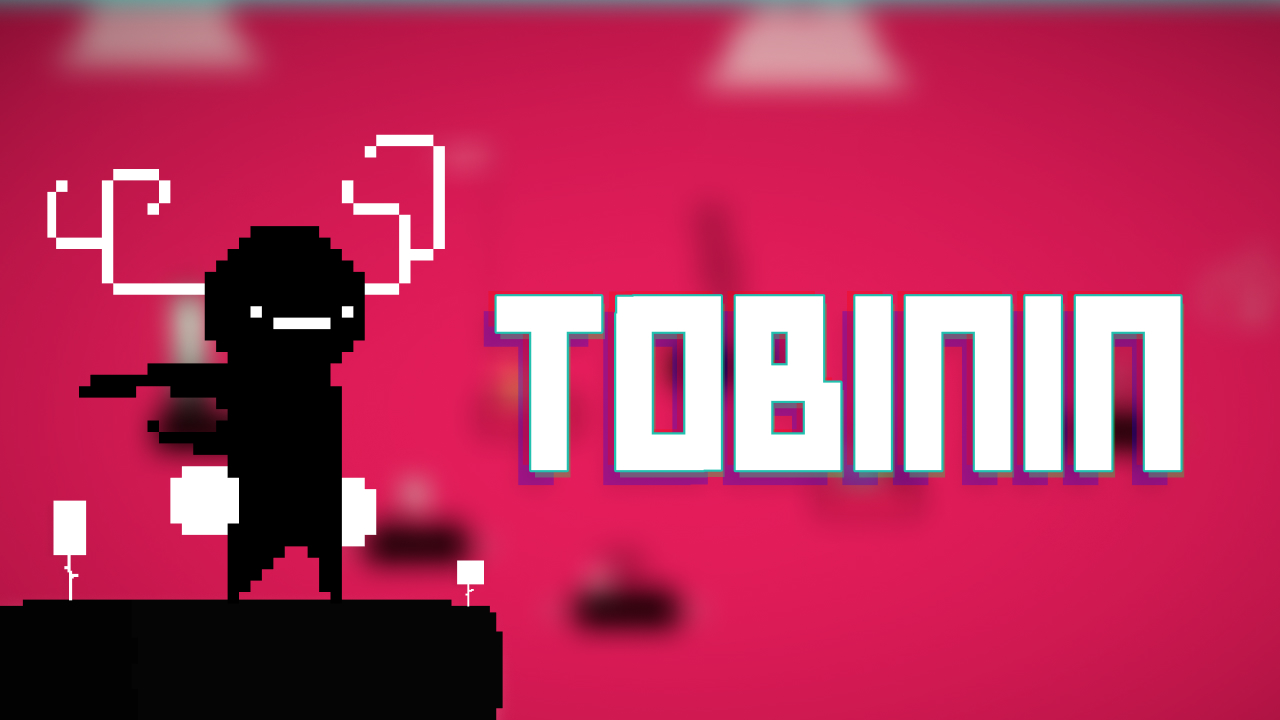
The real challenge lies in the speed of adaptation
Unlike simple puzzle games, Tobinin does not give you time to sit and think for long. The orbs do not stay still some move, and some have a short effect after being touched. Players must be both logical and reflexive, like in an arcade action game.
A slow 0.2-second jump can cause the entire foreground to disappear. Tobinin requires you to memorize structures, predict orb behavior, and act on instinct after experiencing a few failures - this is what makes the game so appealing.
Control
- AD / Left Right
- Arrow Key = to move left and Right
- W / Up Arrow / Space = to Jump
Tobinin is for those who love challenging platformers and want an experience that is not "locked" by instructions. With unique environment-changing orb mechanics, extremely fast reflexes, and a design that does not compromise on mistakes, Tobinin brings an exciting journey of playing, dying, understanding, and overcoming.


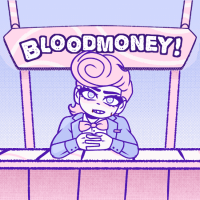


































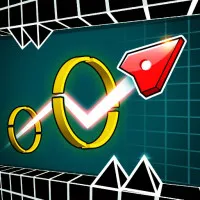


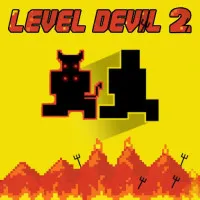

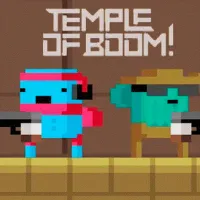


Discuss Tobinin